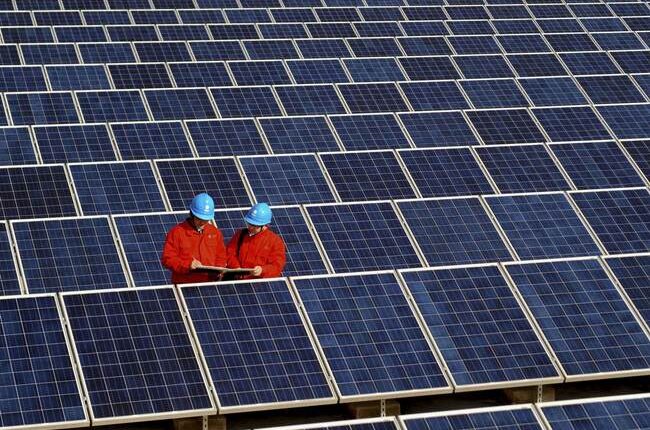
By H. Sterling Burnett.
In the United States, we have seen glimpses of this phenomenon in the last decade, as California and Texas have faced recurring power outages. California, a pioneer in government-mandated use of wind and solar energy, experiences outages each summer, while Texas, not even during its peak power season, saw a winter outage that tragically resulted in the loss of over 200 lives. The main cause of the Texas power crisis was the sharp, sudden decrease in wind and solar power, favored by policymakers, being fed into the grid.
Spain and Portugal, more than other European countries, heavily invested in renewable energy, shutting down dependable traditional power plants and substituting them with large-scale wind and solar installations in a futile effort to combat climate change. EuroWeekly reported a significant feat on April 16th, 2025, when Spain accomplished a milestone by running its national grid entirely on renewable energy on a weekday for the first time ever.
Spain proudly announced achieving a full 100 percent renewable energy reliance on April 22nd and April 28th, only moments before a widespread power outage affected several countries. Subsequently, as highlighted by EuroWeekly, “Just twelve days later, the lights went out across the entire country.”
The energy systems’ respective regulatory authorities quickly ruled out cyber terrorism. Portugal’s regulator quickly posited that the outage was a result of a “rare atmospheric phenomenon” creating instability along the power lines.

















